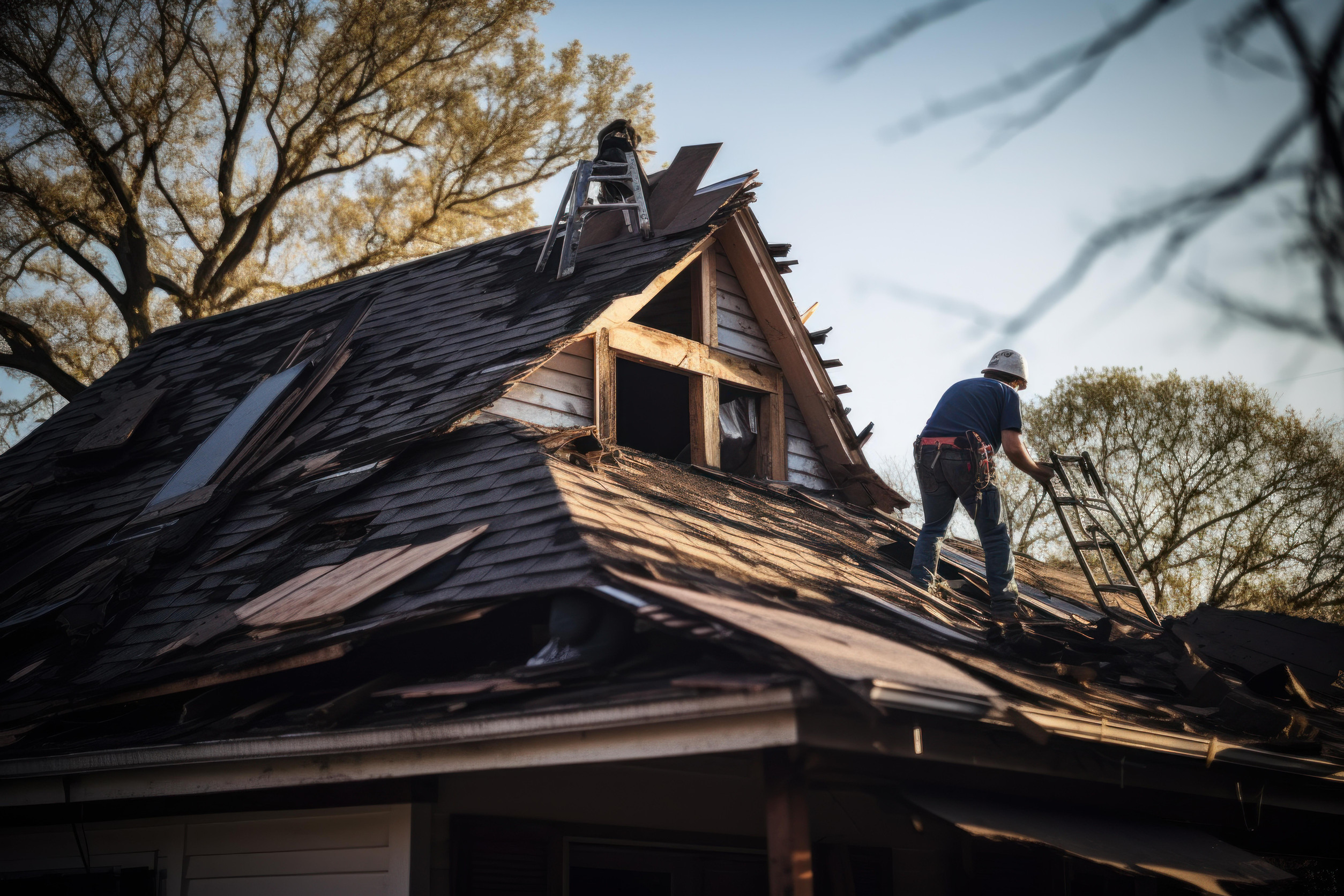A well-maintained house radiates calm, order, and intention. But a home patched together with ill-conceived repairs sends an entirely different message—one that whispers (or screams) confusion, neglect, or desperation.
Some fixes, while meant to solve a problem quickly or cheaply, end up looking like architectural cries for help. Neighbors pass by and wonder what chaos lurks behind those walls.
1. Crooked or Mismatched Fencing
A fence is often the first thing people see when approaching a property, setting the tone for everything beyond it. When sections lean at odd angles or panels are patched with mismatched wood or wire, the entire yard feels unsettled. The sight of a gate barely hanging onto rusty hinges creates an uneasy atmosphere, as though the fence might collapse in the next strong breeze. This disarray undermines the sense of security and pride that fencing is supposed to project. Even the healthiest garden behind it cannot distract from the unsettling effect of a chaotic perimeter.
2. Patchwork Roof Repairs
Few things broadcast a home’s mental state like its roof. Shingles in clashing colors, tarps weighed down by bricks, or haphazard patches of sheet metal betray years of postponed maintenance and questionable decisions. A patchwork roof does more than look unstable—it implies deeper neglect and signals to passersby that bigger problems might be festering inside. The roof’s purpose is protection, but when it resembles a neglected jigsaw puzzle, it feels unreliable. Prospective buyers or guests instinctively wonder what else has been left in disrepair.
3. Doors That Don’t Match or Fit
A front door is a statement piece, meant to welcome visitors and keep the world at bay. Replacing it with a door of the wrong size or style creates an immediate sense of imbalance. Sometimes, a door salvaged from another building or room is forced into place, with gaps visible or a color that clashes with the rest of the exterior. This awkward fix hints at desperation, making the home look like it’s wearing someone else’s clothes. Every slam or creak reminds those inside and outside that something just isn’t quite right.
4. Excessive Caulking and Random Sealants
While caulking is meant to tidy gaps and protect against leaks, overdoing it has the opposite effect. Windows and corners smothered in thick, uneven lines of caulk look sloppy and frantic, suggesting endless attempts to plug mysterious leaks or drafts. Globs of sealant oozing from seams are an eyesore, drawing the eye to flaws rather than hiding them. This over-application often signals a homeowner battling problems they don’t fully understand. Instead of reassuring, the result makes walls and windows look overwhelmed by makeshift solutions.
5. Unfinished or Improvised Extensions
Adding a new room, deck, or porch should enhance a home’s value and comfort, but a half-finished addition does the opposite. Exposed framing, mismatched siding, or awkward connections between old and new structures scream instability. Such extensions often look like they could detach at any moment or collapse under their own weight. A home with an improvised wing appears to be grasping for more space without the resources to finish the job properly. This imbalance makes the entire house look like it’s expanding in a direction it can’t handle.
6. Painted-Over Problems
Paint can work wonders, but when used to conceal rather than repair, it reveals more than it hides. A fresh coat splashed over rotting wood, water stains, or cracked drywall only delays the inevitable, and the evidence always finds a way to show through. Drips, mismatched colors, and flaking layers create an unsettling sense that something unhealthy lurks beneath the surface. Visitors sense that the walls are wearing a mask that could slip at any moment. This illusion of cleanliness leaves the entire house looking nervous, as if it’s hiding secrets it can no longer contain.
The Message Behind the Mess
Every homeowner faces unexpected repairs and tight budgets, but the way a problem is addressed leaves a lasting impression. Quick fixes and patchwork solutions send a clear message about how a home—and by extension, its owner—handles stress and change. The difference between a calm, stable house and one that looks mentally unstable often comes down to thoughtful, cohesive repairs instead of desperate band-aids.
Investing the time or money to do things properly not only protects a house structurally but also preserves its reputation. Share any unstable-looking repairs spotted in the wild or thoughts about these telltale signs in the comments below—one never knows what hidden chaos might be lurking behind the next crooked fence.
Read More
Understanding the Effect of Home Repairs on Your Budget
How to Save on Your Home’s Cooling Costs


